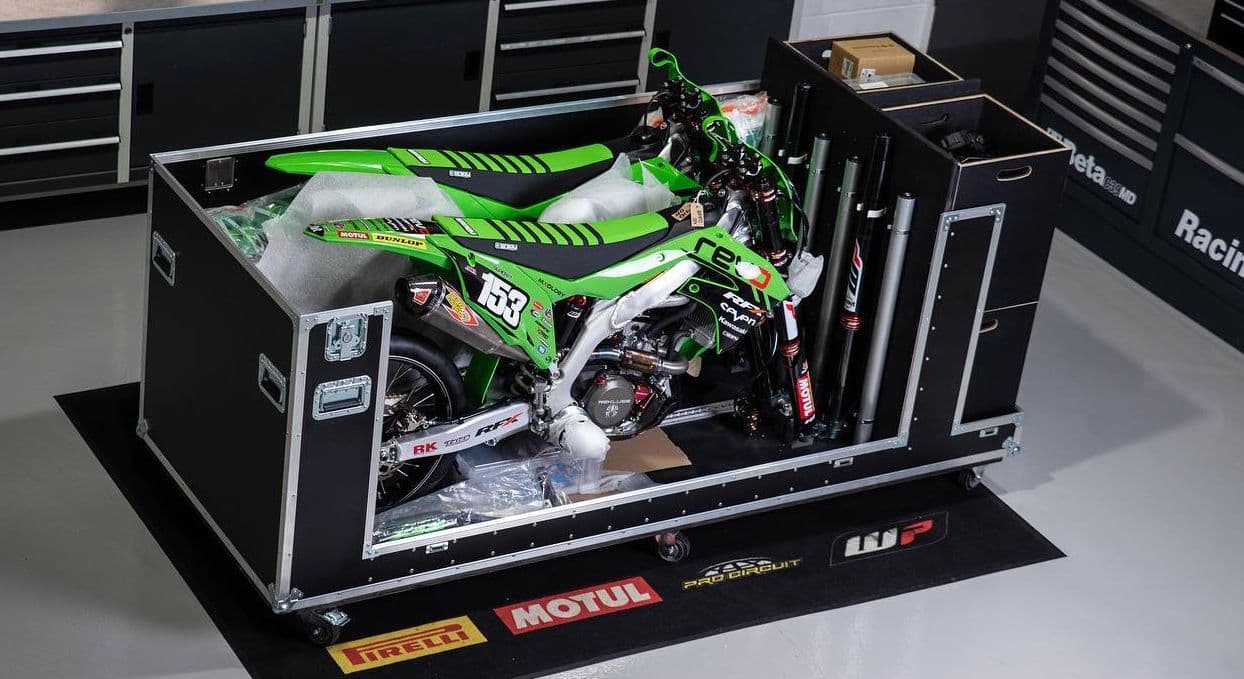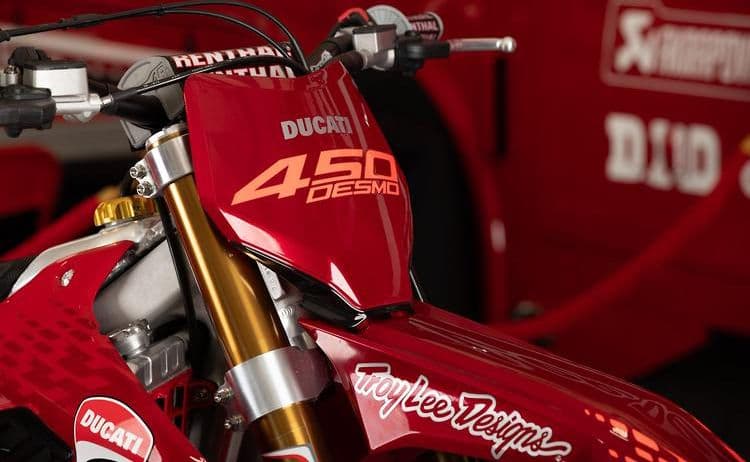WSX - On The Road
When a thrilling round of the World Supercross Championship gets under way, few fans realise that another high-stakes race has already taken place - not on the dirt, but in the skies.
Behind the scenes, a vast and complex logistics operation ensures that every bike, bolt, and banner makes it to the next round on time.
It’s a logistical jigsaw that moves 20,000 kilograms of equipment each season, meticulously configured across nine PMC (Pallet Mechanised Cargo) – units to fit within the holds of commercial aircraft.
A Race Before the Race
This global freight is the invisible backbone that keeps the championship rolling from one continent to the next and the World Supercross freight list reads like a passport for international motorsport.
Seven full-time teams and four wildcard entrants from Spain, France, the United States, and Australia travel with 50 race bikes, carefully packed into 25 custom-built MX cases designed to fit inside an aircraft.
Supporting those teams are further kit coming from the United Kingdom, containing timing and broadcast systems, while pit and venue signage is shipped from China, and production equipment is flown from Australia. Every crate and case represents not just machinery, but months of planning and coordination.
We’ve got three days maximum from airport to airport, sometimes needing up to six connecting flights to move everything.
Logistics planning for each event begins around six months in advance, with Rock-It Cargo – the global event logistics specialists behind the World Supercross Championship – working year-round with teams to anticipate needs.
Racing the Clock
When the final chequered flag drops on race day, the real sprint begins. As soon as the event comes to a close the teams hand over cleaned and sealed equipment. Within 12 hours, 20 tonnes of cargo are security-screened, certified, packed into PMC units, and ready for take-off.
Every item must be X-rayed or swabbed, labelled, and certified by IATA-trained personnel before being strapped into the aircraft’s lower deck. It’s a precision operation that leaves almost no room for error.
“The main challenge is the lack of flight schedules,” explains Trent Powell, Rock-It Cargo’s logistics lead.
“We’ve got three days maximum from airport to airport, sometimes needing up to six connecting flights to move everything. As fast as passengers move with one checked bag, we’re doing the same with 20 tonnes.
“Every country is different, and every customs official has their own way of handling bookings. It takes confidence and experience to navigate your way around and understanding the equipment is key to being able to cross international borders.”
Navigating Borders and Bureaucracy
For international freight, customs clearance can be make or break. Rock-It Cargo relies on the ATA Carnet system, often described as a “passport for cargo,” allowing temporary imports and exports without paying duties or deposits, even with that in place, experience and adaptability are key.
But, for all the technology and tonnage, it’s people who make it happen. Asked if there are any unsung heroes, Powell replied: “There are loads of them – the load crews pushing cases around warehouses in Buenos Aires or Cape Town after midnight.
“The truck drivers crossing countries while everyone sleeps, the office staff co-ordinating the bookings and my team in Sydney – dealing with multiple tours during peak season!”
These are the people fans never see – the ones who make sure the bikes, riders, and gear arrive safely at every round, and on time.








